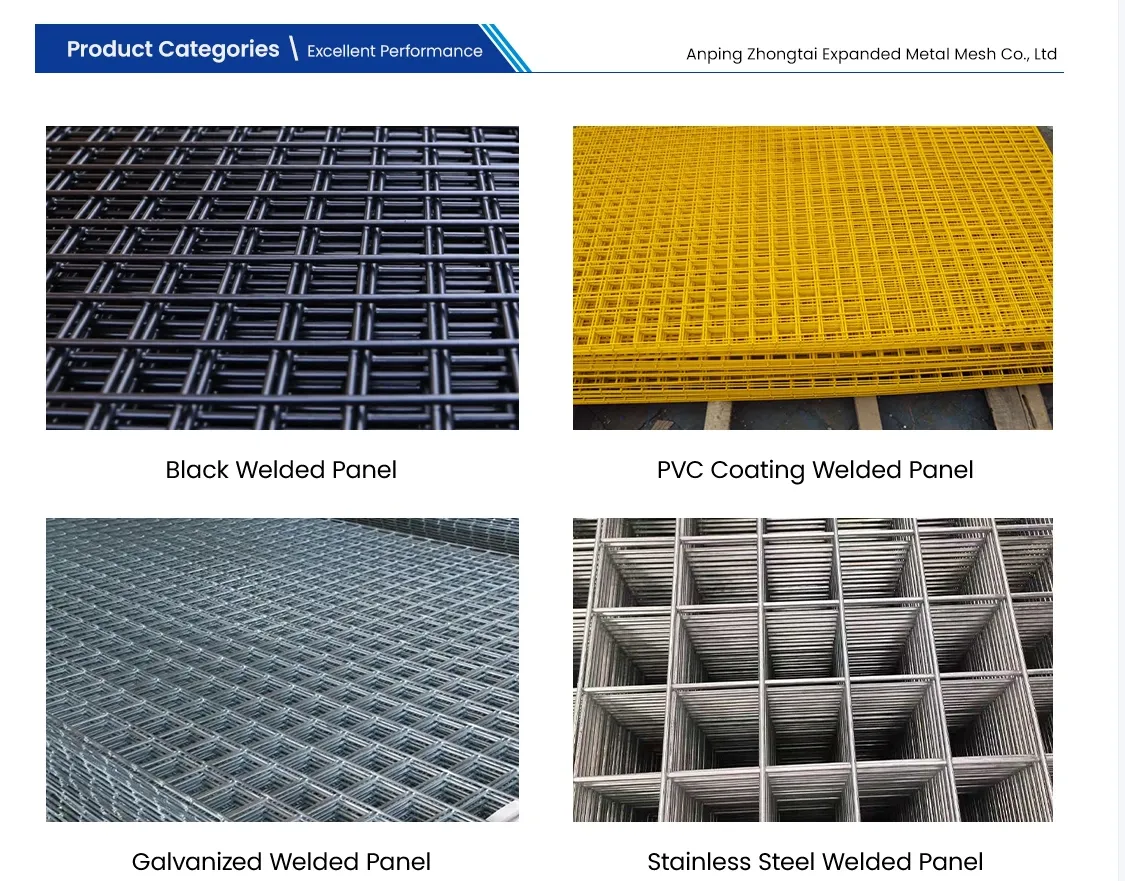Industrial Walkway Grating A Crucial Element in Safety and Efficiency
In the contemporary industrial landscape, safety and efficiency are paramount. Industrial walkway grating serves as a critical component in achieving these objectives. It is not only designed to provide a sturdy and reliable surface for workers but also to enhance safety by reducing slips, trips, and falls. Understanding the types, benefits, and applications of industrial walkway grating can provide deeper insights into its role in various industries.
Types of Industrial Walkway Grating
Industrial walkway grating comes in various forms to cater to different needs and environments. The most common types include
1. Steel Grating Known for its strength and durability, steel grating is widely used in industrial settings. It can withstand heavy loads and harsh conditions, making it suitable for factories, warehouses, and loading docks.
2. Aluminum Grating This lightweight alternative is resistant to corrosion and rust, making it ideal for environments exposed to moisture or chemicals. It's often used in food processing plants, marine applications, and areas where hygiene is a primary concern.
3. Fiberglass Reinforced Plastic (FRP) Grating FRP grating is non-conductive and lightweight, making it an excellent choice for electrical applications and environments that require anti-slip surfaces. It is commonly found in chemical processing plants due to its resistance to corrosive substances.
Benefits of Industrial Walkway Grating
The advantages of using industrial walkway grating extend beyond mere functionality
- Safety The primary purpose of grating is to provide a safe walking surface for employees. The design often includes slip-resistant features, such as serrated or covered surfaces, which significantly reduce the risk of accidents.
- Durability Unlike traditional flooring, industrial grating is designed to withstand heavy loads and extreme conditions. Whether exposed to harsh weather or heavy machinery, it is engineered for longevity.
industrial walkway grating

- Lightweight and Easy to Install Particularly with aluminum and FRP options, walkway grating is easier to transport and install
. This can save both time and labor costs during construction and maintenance.- Versatility Walkway grating can be utilized in various applications, including catwalks, platforms, stair treads, and drainage covers. Its design can be customized to fit specific requirements of different industries, such as oil and gas, manufacturing, and construction.
Applications in Various Industries
Industrial walkway grating is employed across a multitude of sectors, illustrating its versatility
- Manufacturing In factories where heavy machinery is operational, elevated walkways prevent workers from navigating through potentially hazardous areas while keeping production running smoothly.
- Oil and Gas In this industry, grating is essential for offshore platforms and onshore facilities, where workers often operate in challenging environments.
- Wastewater Treatment The grating helps provide safe walkways for personnel inspecting and maintaining treatment facilities, which are often wet and slippery.
- Food Processing The non-corrosive properties of aluminum and FRP grating make it perfect for environments where sanitation is critical, ensuring that workers have a safe and clean platform to operate on.
Conclusion
In conclusion, industrial walkway grating is an essential element in promoting safety and efficiency in various industrial settings. By understanding the types, benefits, and applications of this versatile product, industries can better appreciate its role in enhancing workplace safety and operational effectiveness. As industrial demands continue to evolve, the development and use of innovative grating solutions will undoubtedly remain pivotal in achieving safe and efficient work environments.
-
Why Galvanized Trench Cover Steel Grating Resists Corrosion
NewsJul.10,2025
-
The Versatility and Strength of Stainless Expanded Metal Mesh
NewsJul.10,2025
-
Load Calculations in Steel Grating Platforms
NewsJul.10,2025
-
Keeping Pets and Kids Safe with Chicken Wire Deck Railing
NewsJul.10,2025
-
Hole Diameter and Pitch for Round Perforated Metal Sheets
NewsJul.10,2025
-
Aluminium Diamond Mesh in Modern Architecture
NewsJul.10,2025
Subscribe now!
Stay up to date with the latest on Fry Steeland industry news.

